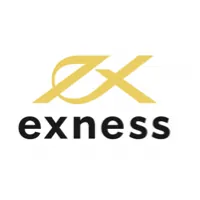CMA, Central Bank of Curaçao and Sint Maarten, CySEC +5 more
Top FX brokers that offer accounts in Vietnamese dong
The Vietnamese Dong (VND) has a long history and has been the official currency of Vietnam for many years. Its modern form has been in use since 1978, following a currency reform. The State Bank of Vietnam (Ngân hàng Nhà nước Việt Nam) serves as the regulatory authority responsible for issuing and managing the Vietnamese Dong. As Vietnam's central bank, it oversees monetary policies and financial stability within the country.
In the Forex market, some brokers may offer trading accounts denominated in VND. These VND-denominated accounts cater to traders interested in saving currency conversion costs when making deposits and withdrawals from their trading accounts. This can be particularly beneficial for traders based in Vietnam or those frequently conducting financial transactions in VND, providing convenience and potentially reducing expenses in currency conversions.
MT4MT5Deposit bonusCopy tradingHigh leveragePAMMSTP
Regulations
CySEC, FSA Seychelles, VFSC
Platforms
MT4, MT5
The Vietnamese Dong is not a free-floating currency but operates under a "managed float" system, with the State Bank of Vietnam (the central bank) playing a role in setting the exchange rate and intervening in the foreign exchange market to control the currency's value.
Vietnam has experienced high inflation in recent years. During the global financial crisis in 2008, inflation reached 23.1%, and in 2011, the annual inflation rate was 18.7%. These high inflation rates highlight the potential risks associated with the Vietnamese Dong.
Due to the country's economic instability and fluctuating inflation, trading accounts denominated in VND may be considered risky for investors. As a trader, it's crucial to carefully assess the stability and purchasing power of the currency you invest in when engaging in financial trading. Considering a more stable and less inflation-volatile currency for trading purposes may be prudent to minimize potential risks.

